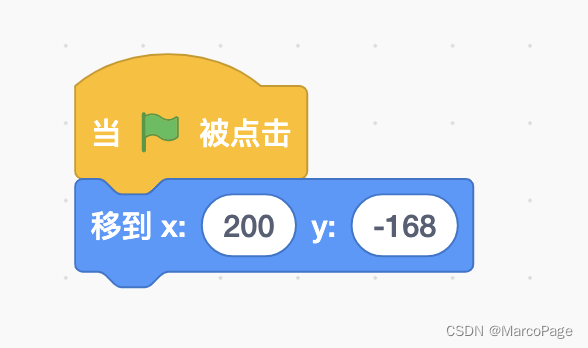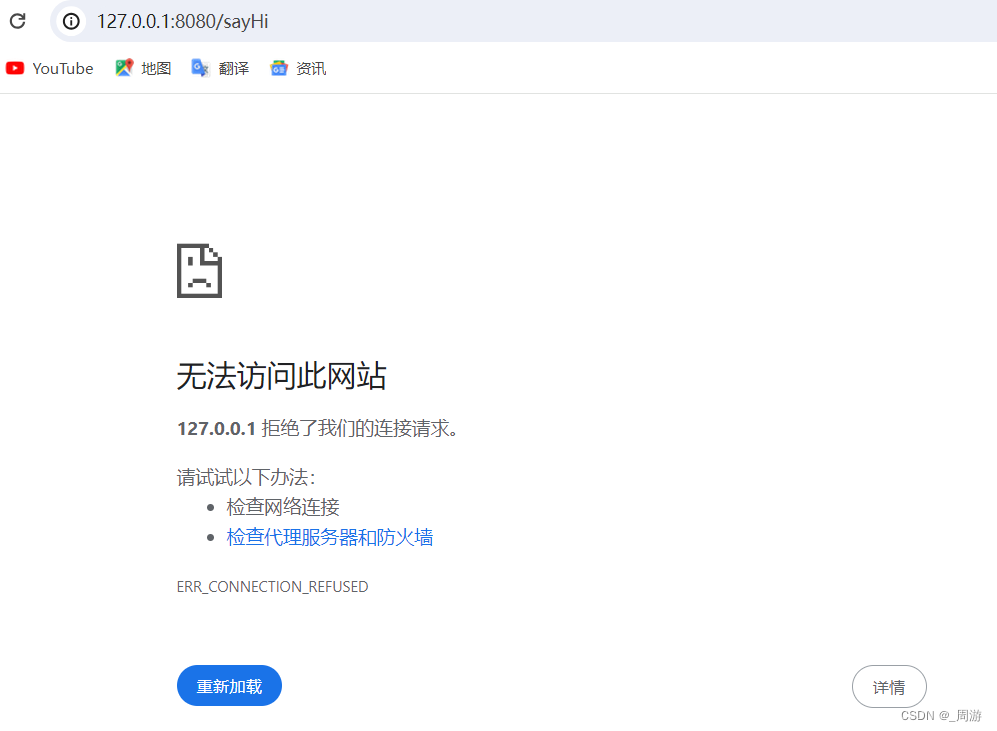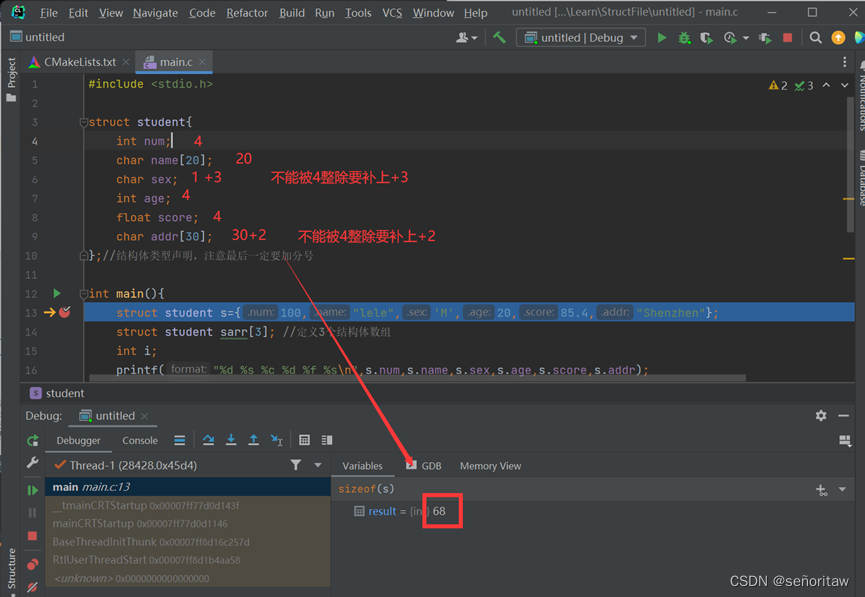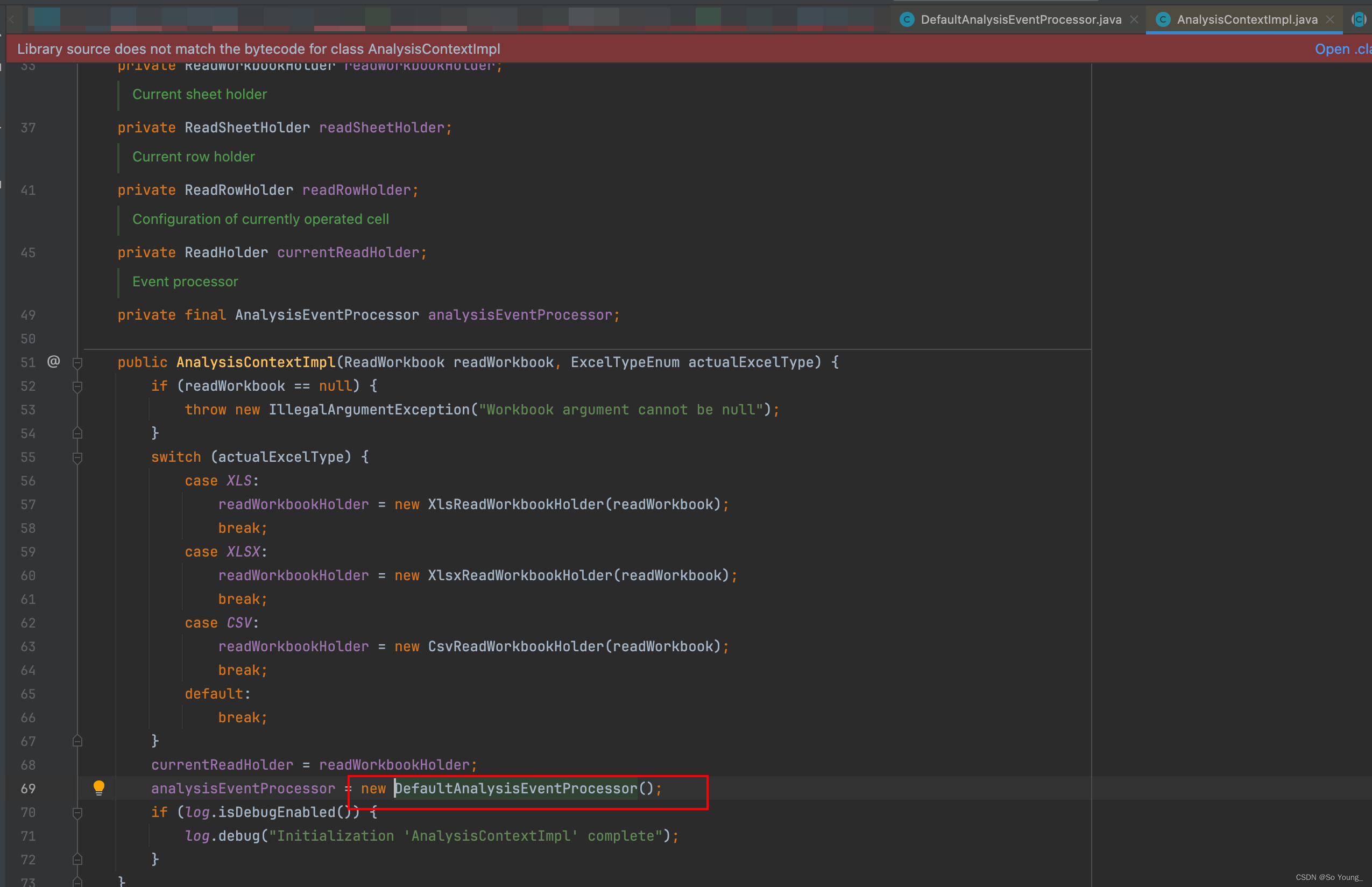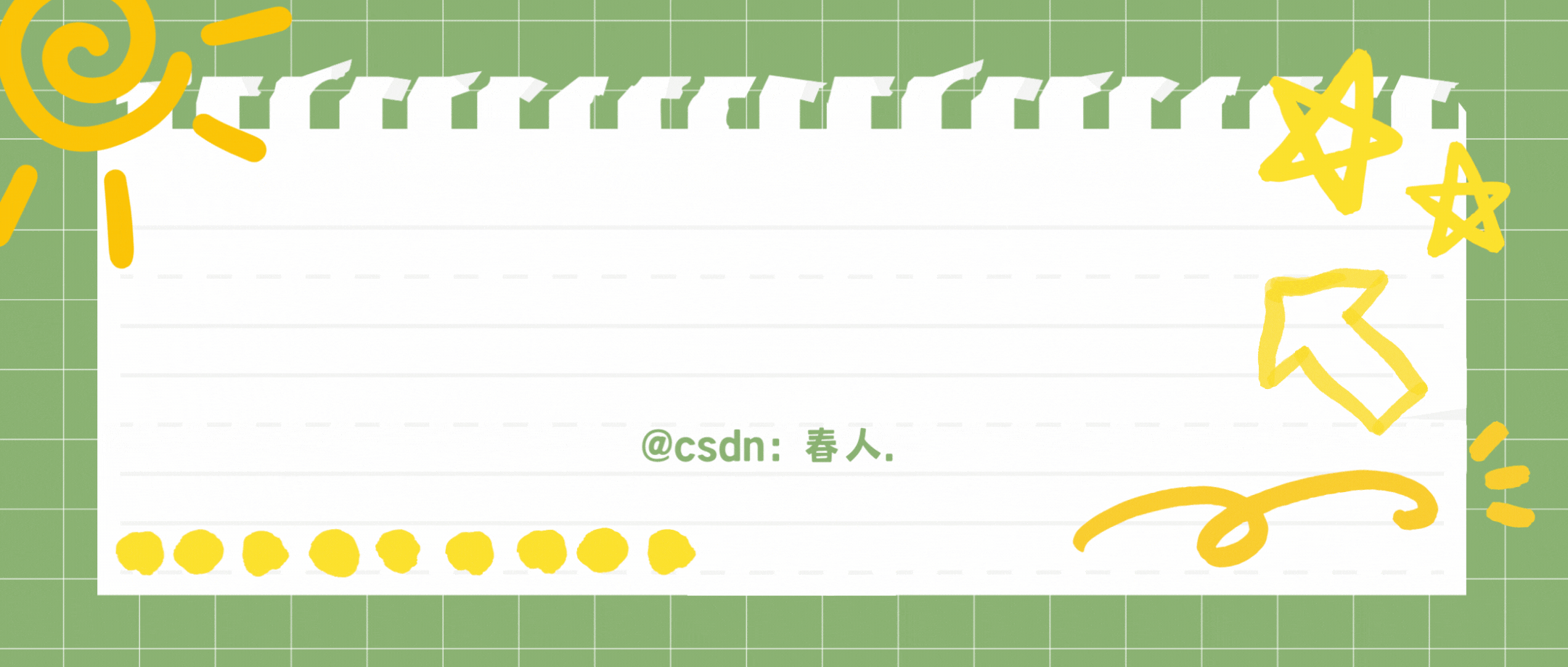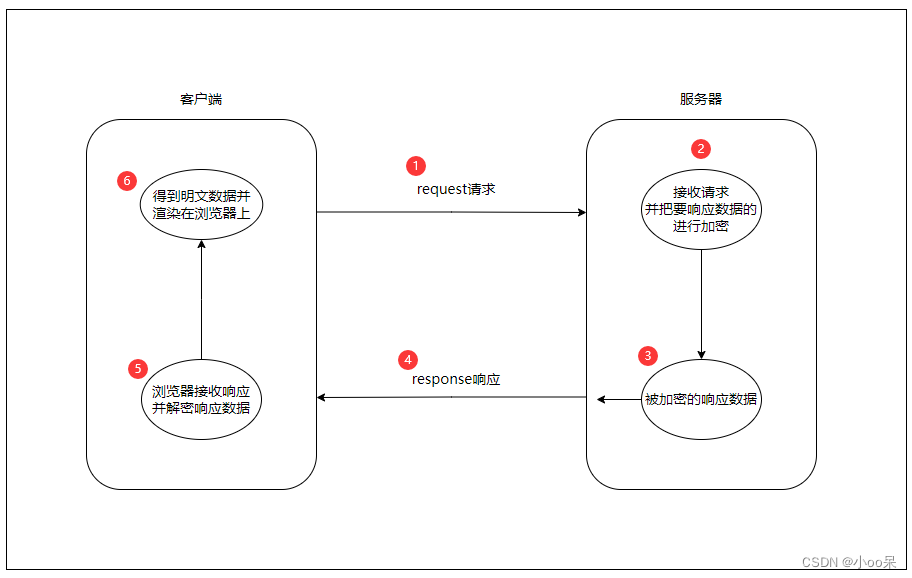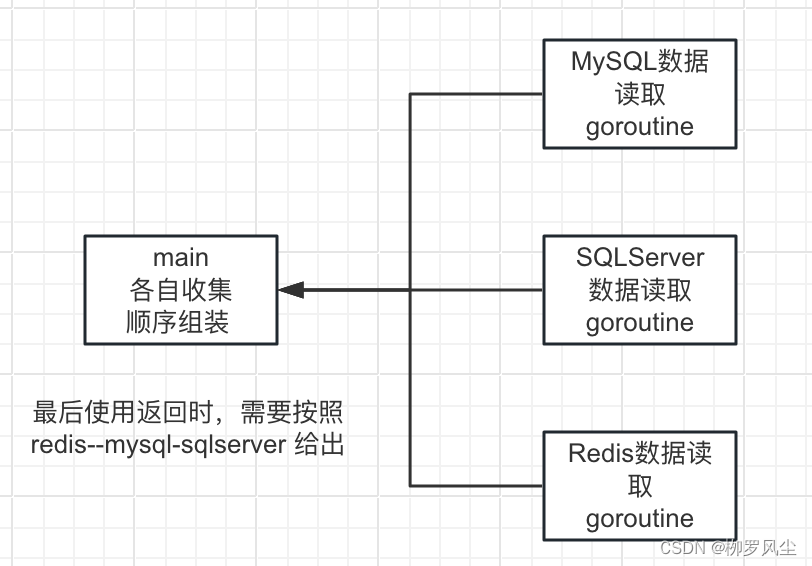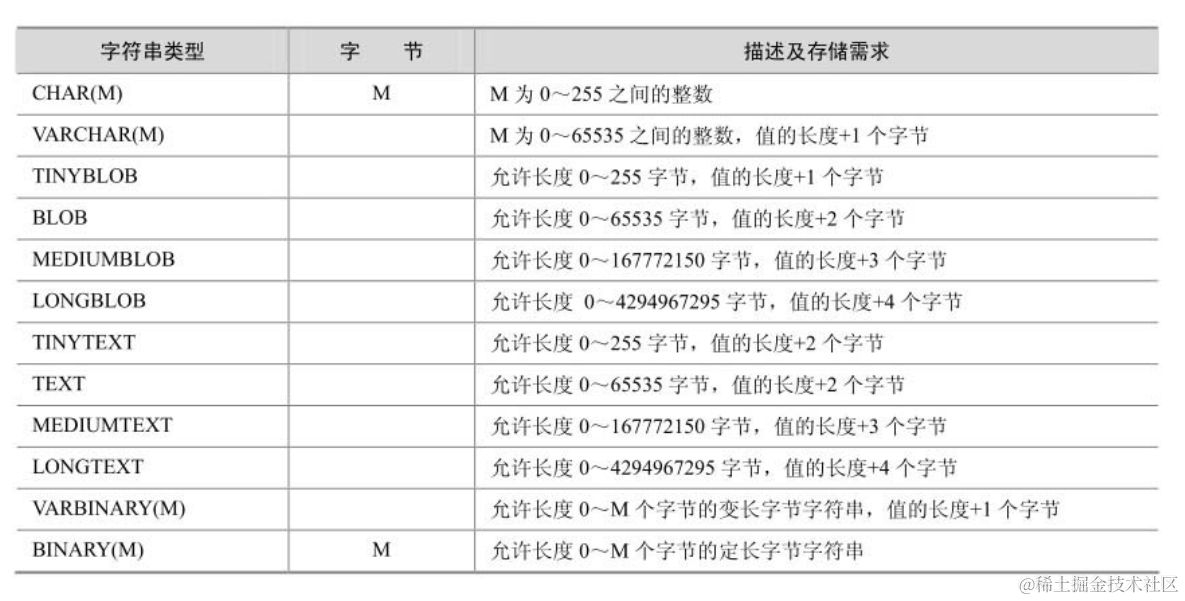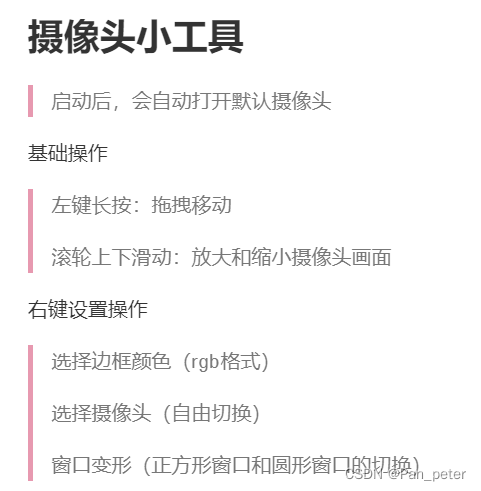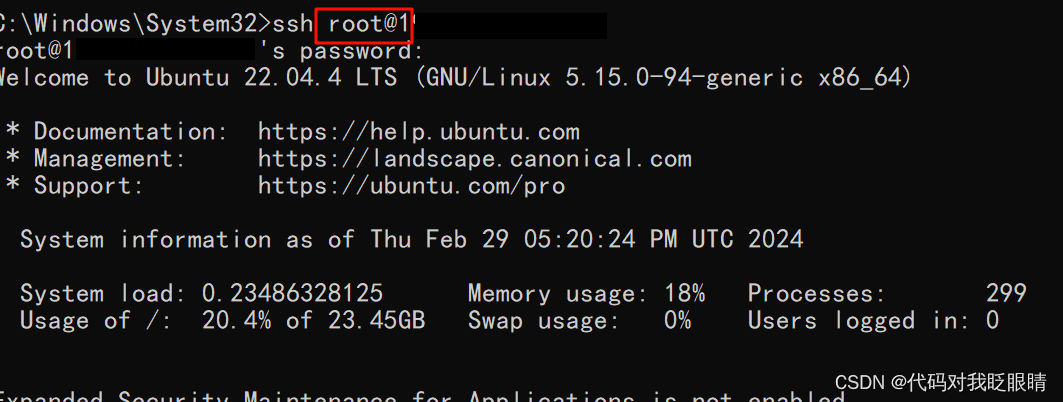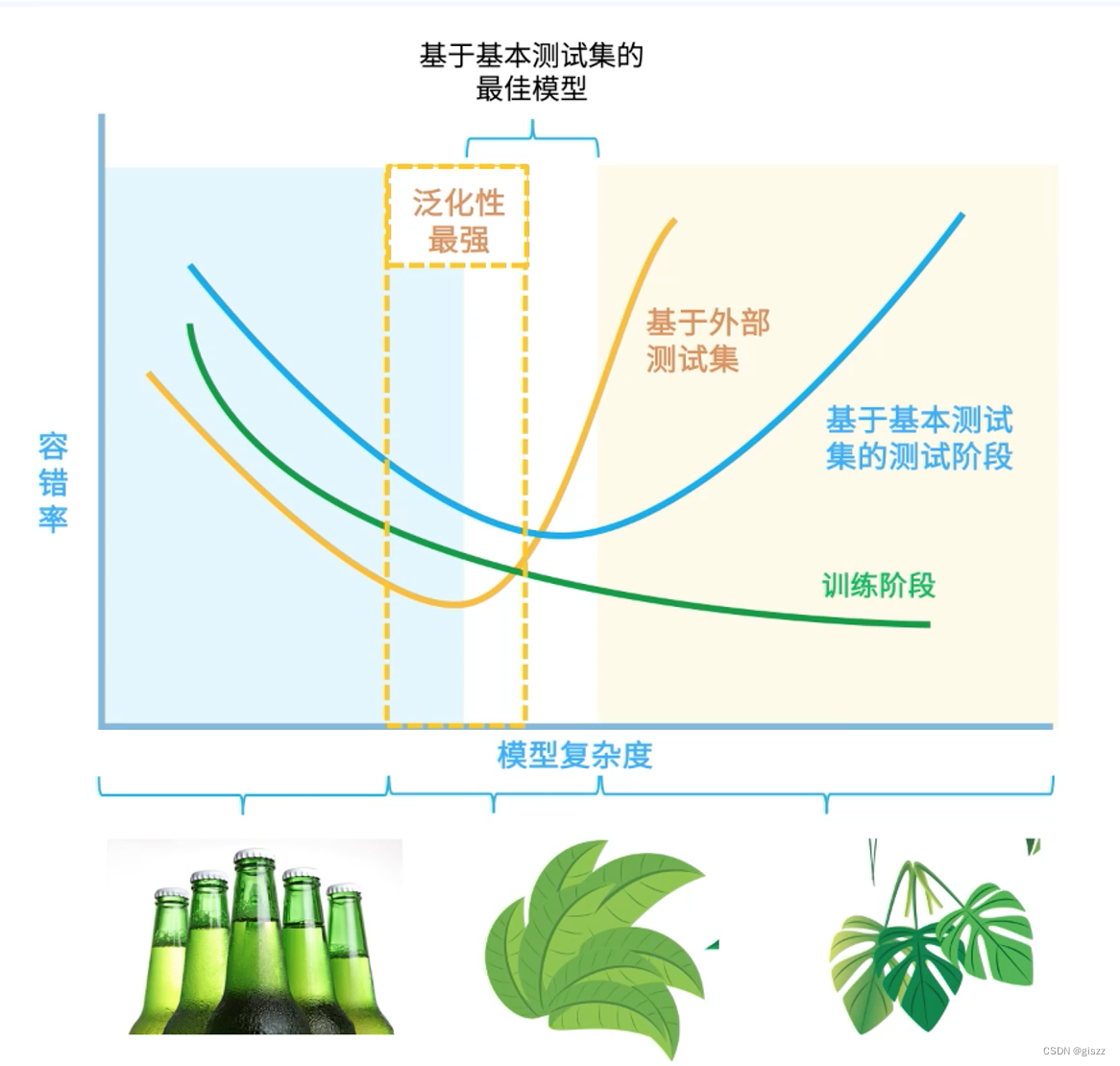注释很详细,直接上代码
上一篇
新增内容:
1.拦截器判断处理失败与成功的情况
2.使用拦截器拒绝失败的情况,使网络请求后面的逻辑步骤不会执行
源码:
index.wxml
<button type="primary" bind:tap="onSubmit">登入</button>
index.js
Page({
data:{
mobile:'14444444444',
code:'123456'//随便填的错误的验证码(成功的情况在之前的文章中演示了,这里主要演示错误的情况)
//如果需要尝试正确的验证码在浏览器输入`https://live-api.itheima.net/code?mobile=14444444444`即可获取正确的验证码
},
//验证验证码
async onSubmit(){
const mobile=this.data.mobile
const code=this.data.code
//上传手机号和验证码进行验证
const res= await wx.http.post('/login',{mobile,code})
console.log(res)
//因为已经使用了拦截器判断成功与失败的情况所以无需再判断
const app=getApp()
//调用全局函数setToken
//参数1为传递的变量的名字
//参数2为变量的值
app.setToken('token',this.data.initToken)
app.setToken('refreshToken',this.data.initRefreshToken)
//这里打印全局变量看一下
console.log('token:'+app.token)
console.log('refreshToken:'+app.refreshToken)
}
})
utils/http.js
import http from "wechat-http"
//设置全局默认请求地址
http.baseURL = "https://live-api.itheima.net"
//设置响应拦截器
http.intercept.response=(res)=>{
if(res.data.code===10000){
//成功的情况
return res.data
}
else{
//其他情况
wx.showToast({//弹窗提醒
title: res.data.message||'业务错误',
icon:'none'
})
//主动返回失败的 Promise ,不执行业务 await后续代码
//因为成功和失败的情况的逻辑是不一样的
//进行到这里会主动报个错,但不会影响运行
return Promise.reject(res.data)
}
}
//导出
export default http
app.js
//从utils导入http
import http from './utils/http'
//注册到全局wx实例中
wx.http=http
App({
//提前声明的变量名
token:wx.getStorageSync('toke'),
refreshToken:wx.getSystemInfoAsync('refreshToken'),
setToken(key,token){
//保存token到全局(中括号使这个key表示的变量名)
this[key]=token
//保存token到本地缓存
wx.setStorageSync(key, token)
}
})
效果演示:
(红色的报错是因为我们设置拦截器判断并拒绝了失败的情况,不影响程序运行)



